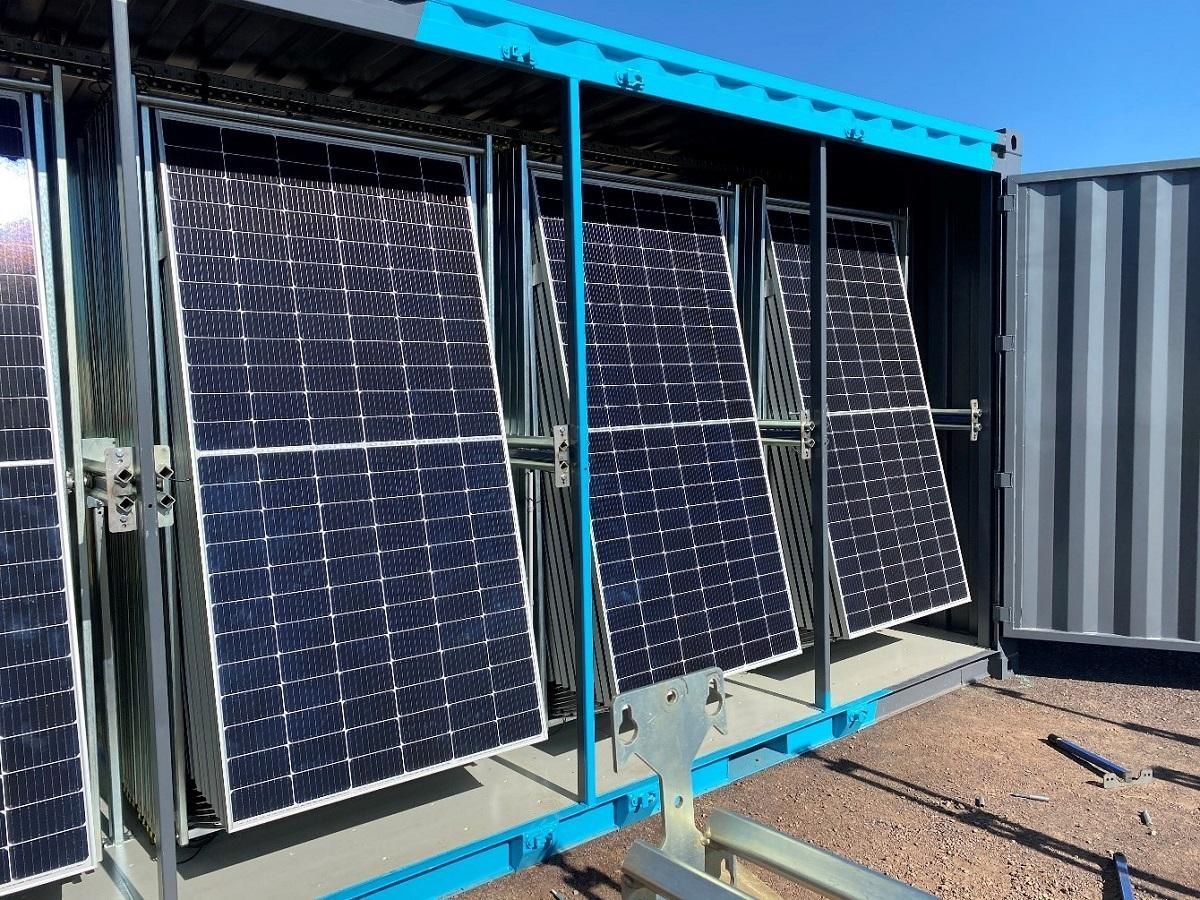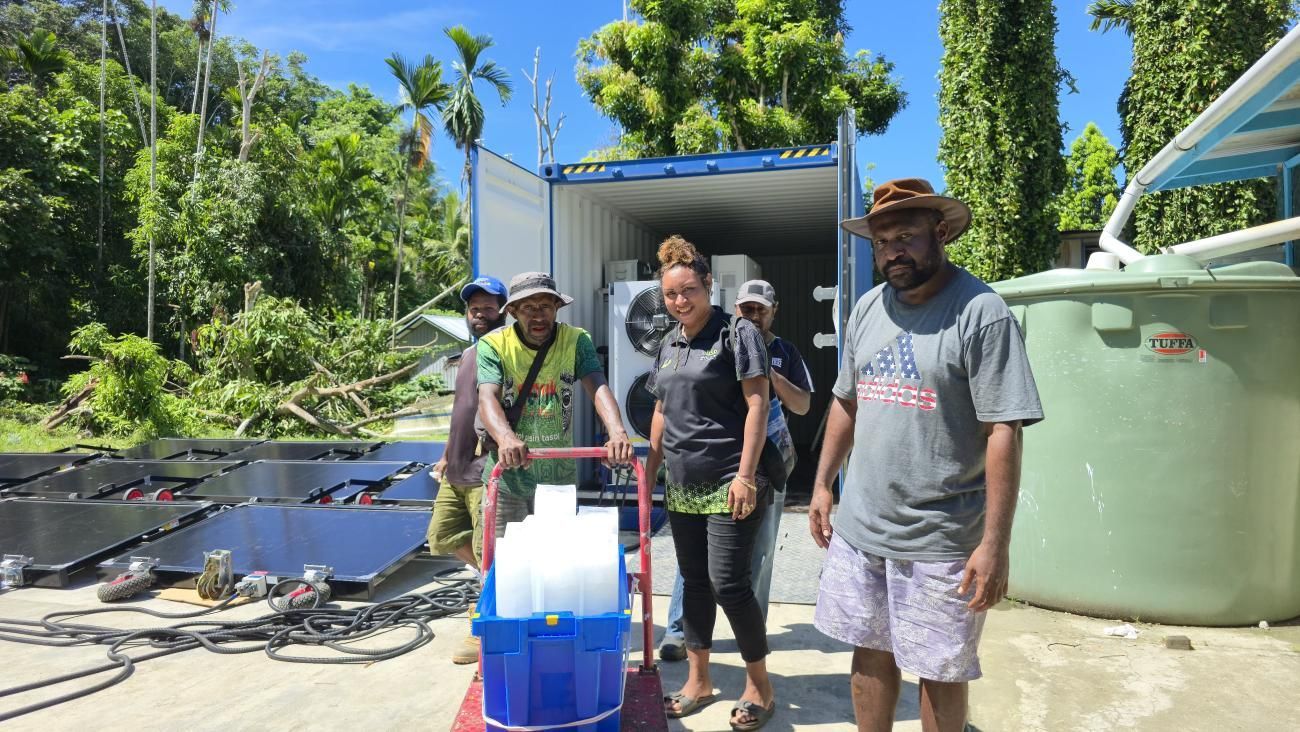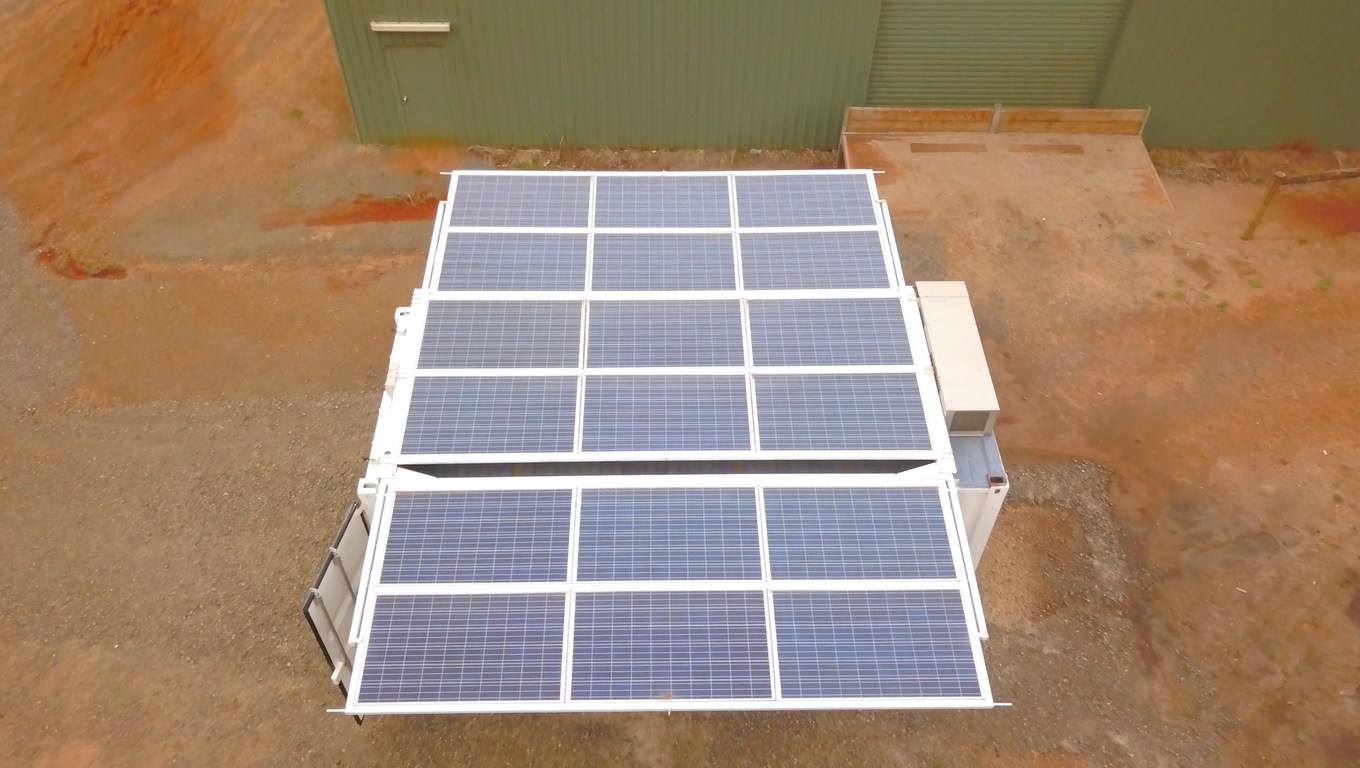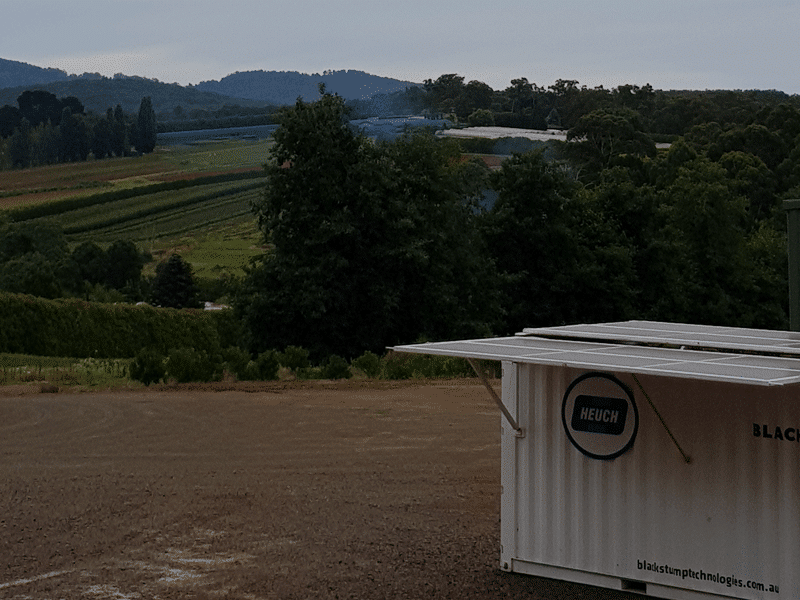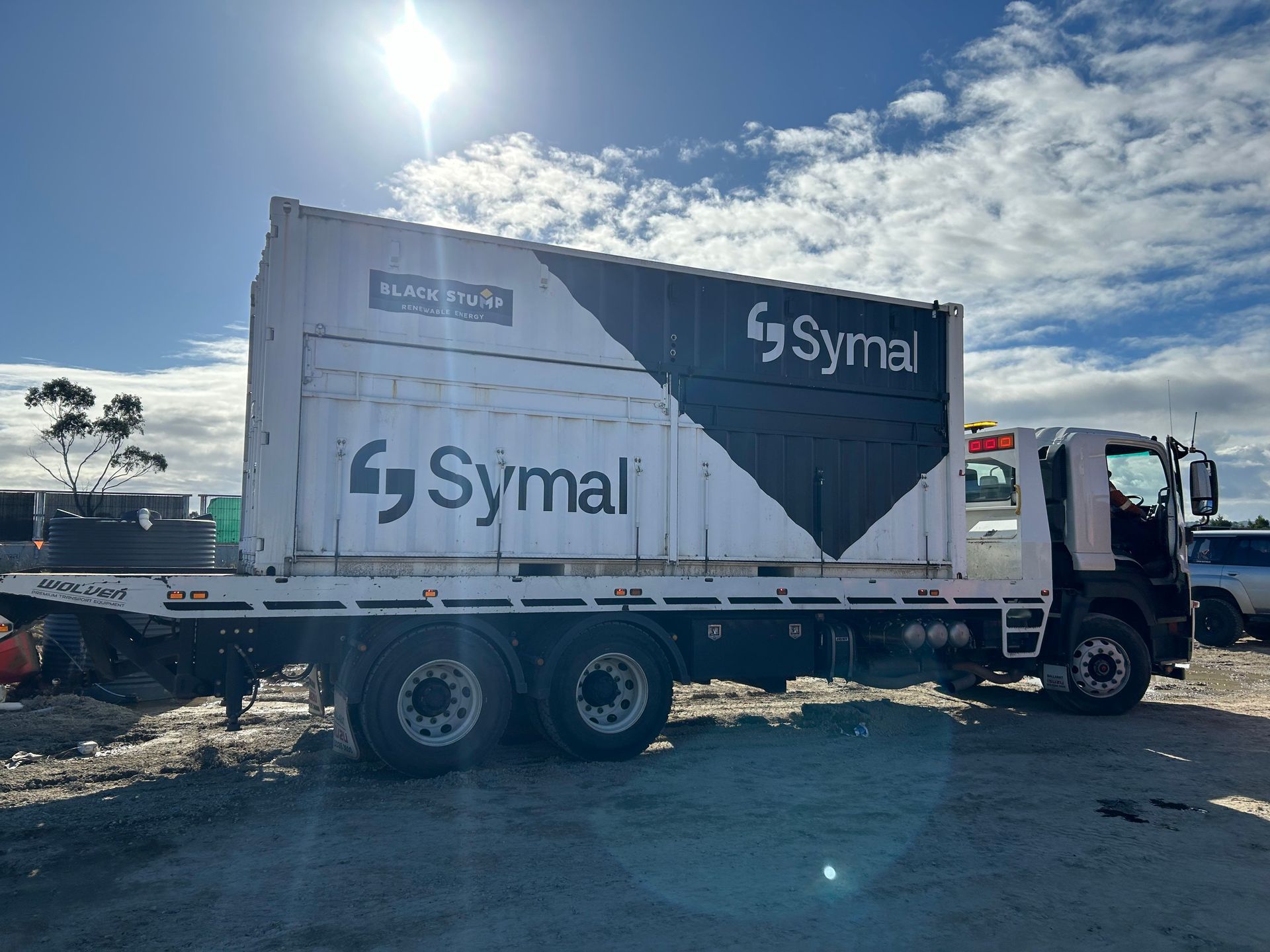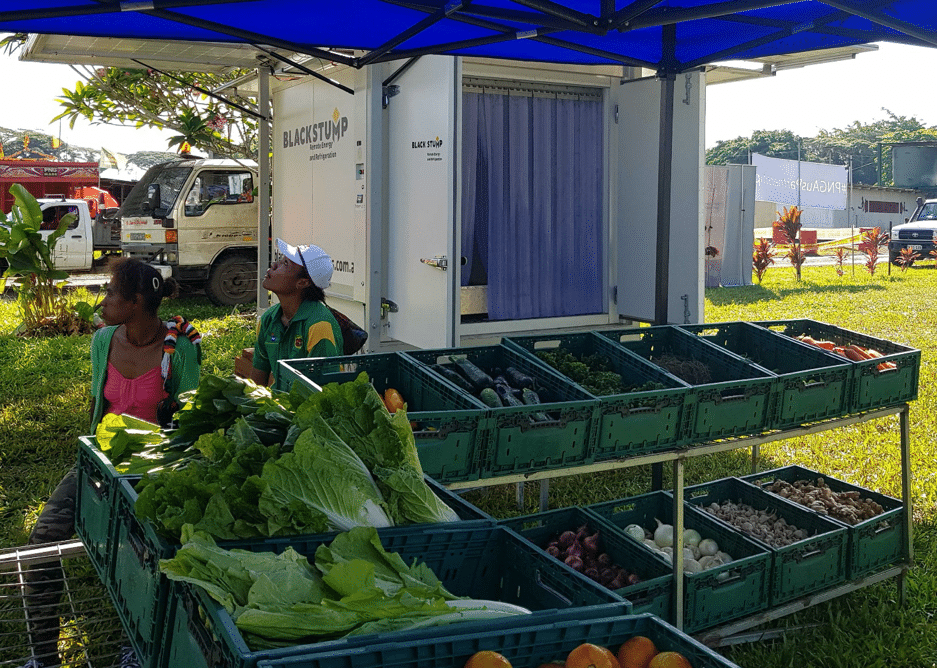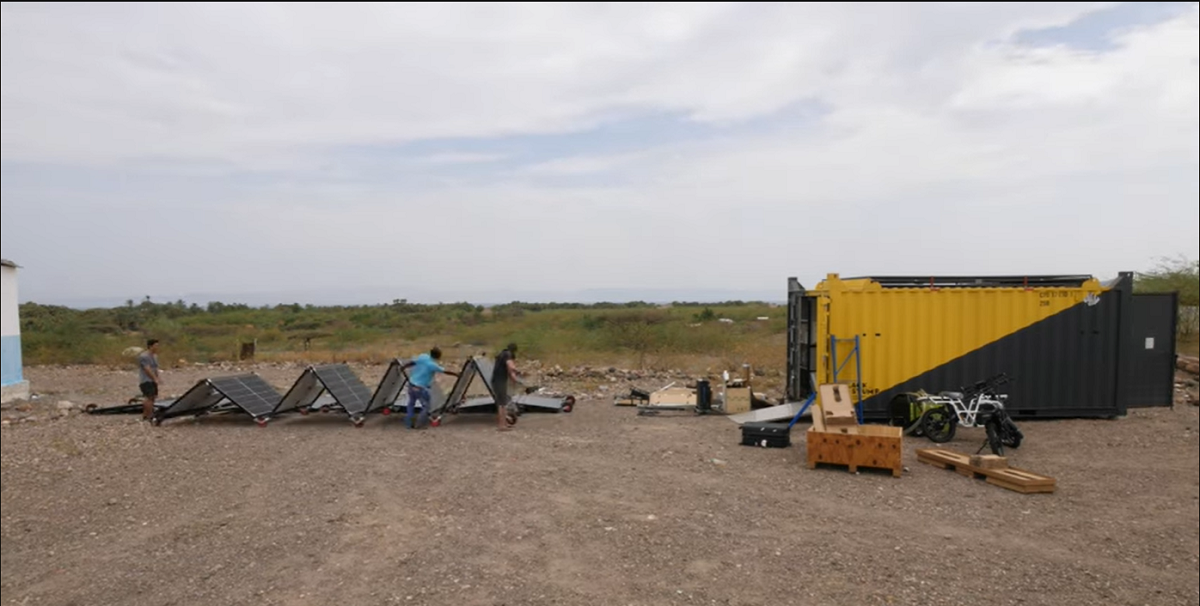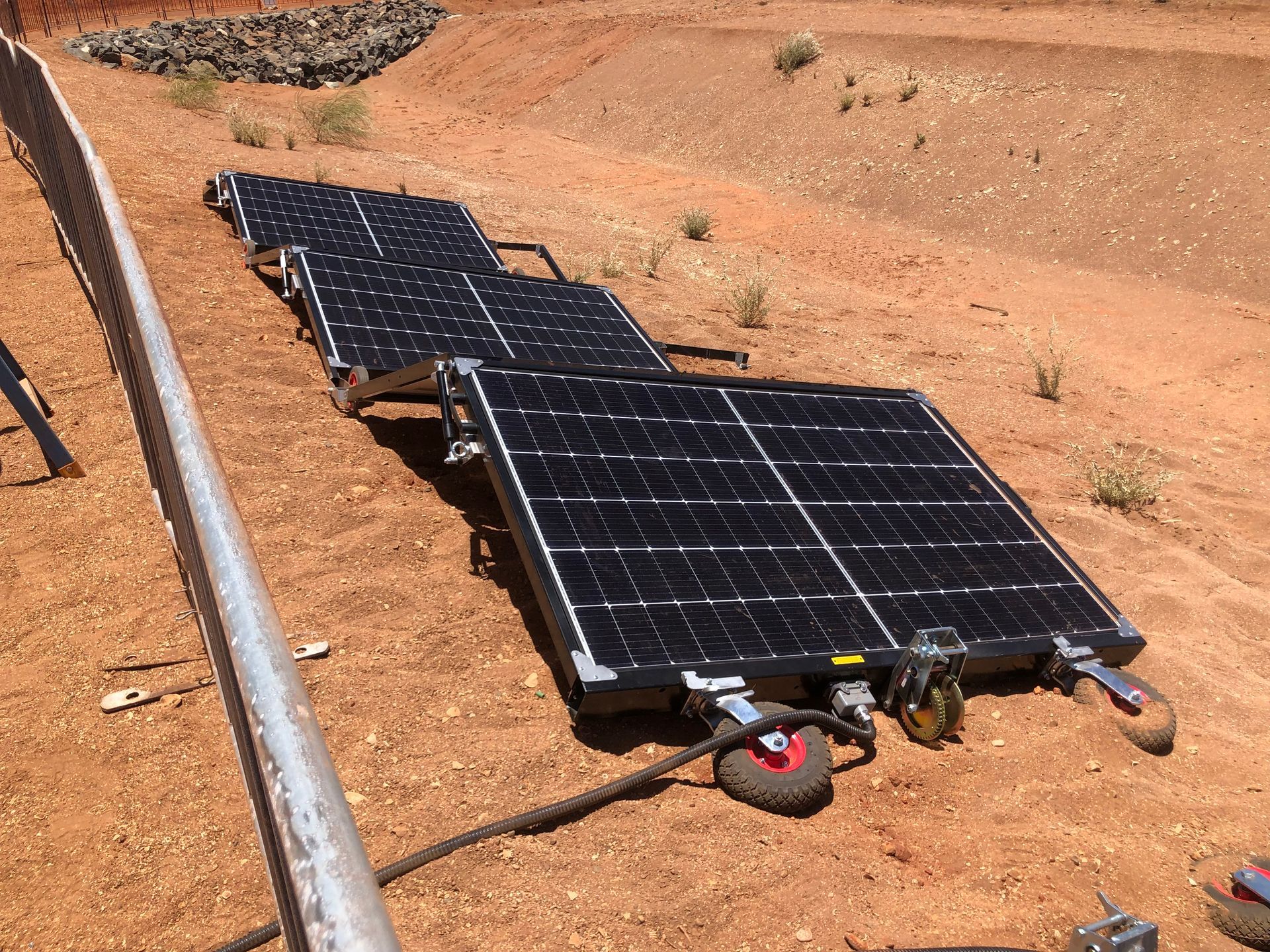Solar-powered cooling for farm-to-market success
For Australia’s farmers, maintaining product quality from harvest to sale is a constant challenge.
According to the Department of Agriculture, Fisheries and Forestry, temperature control during storage and transport is one of the most critical factors influencing the value and safety of perishable goods. Without reliable cooling, fruits, vegetables, and dairy products can lose up to 30% of their market value before reaching consumers.
The Power Problem in Rural Supply Chains
Many rural and remote farming regions face unstable or limited electricity access. Diesel-powered cold storage has long been the default solution, but fuel costs, supply logistics, and equipment maintenance make it increasingly impractical. The Clean Energy Council reports that solar technologies are now among the most cost-effective energy options for agricultural operations, particularly in off-grid areas where power reliability translates directly into income stability.
Cooling Innovation Through Renewable Energy
Solar-powered cooling systems allow farmers to refrigerate produce immediately after harvest—extending shelf life, reducing waste, and improving food safety. These systems can be modular, scalable, and integrated with battery storage for round-the-clock operation. Beyond reducing costs, they also cut emissions and help farms align with Australia’s broader climate and energy targets under the Department of Climate Change, Energy, the Environment and Water.
Proven Solutions for Real-World Farming
Black Stump Technologies provides end-to-end renewable and cold-chain solutions specifically designed for remote and agricultural applications. Our solar-powered icemakers, chillers, and freezers deliver dependable cooling without diesel reliance, while their renewable energy systems—from 12 kVA to 500 kVA and up to megawatt-scale generation—supply consistent, clean power. Together, these technologies enable farmers to maintain quality, lower costs, and keep produce moving efficiently from paddock to plate.
A Smarter Future for Australia’s Farms
With solar-powered cooling, Australian producers can protect their harvests, meet sustainability goals, and strengthen their competitiveness in domestic and export markets proving that clean energy and profitable farming go hand in hand.

